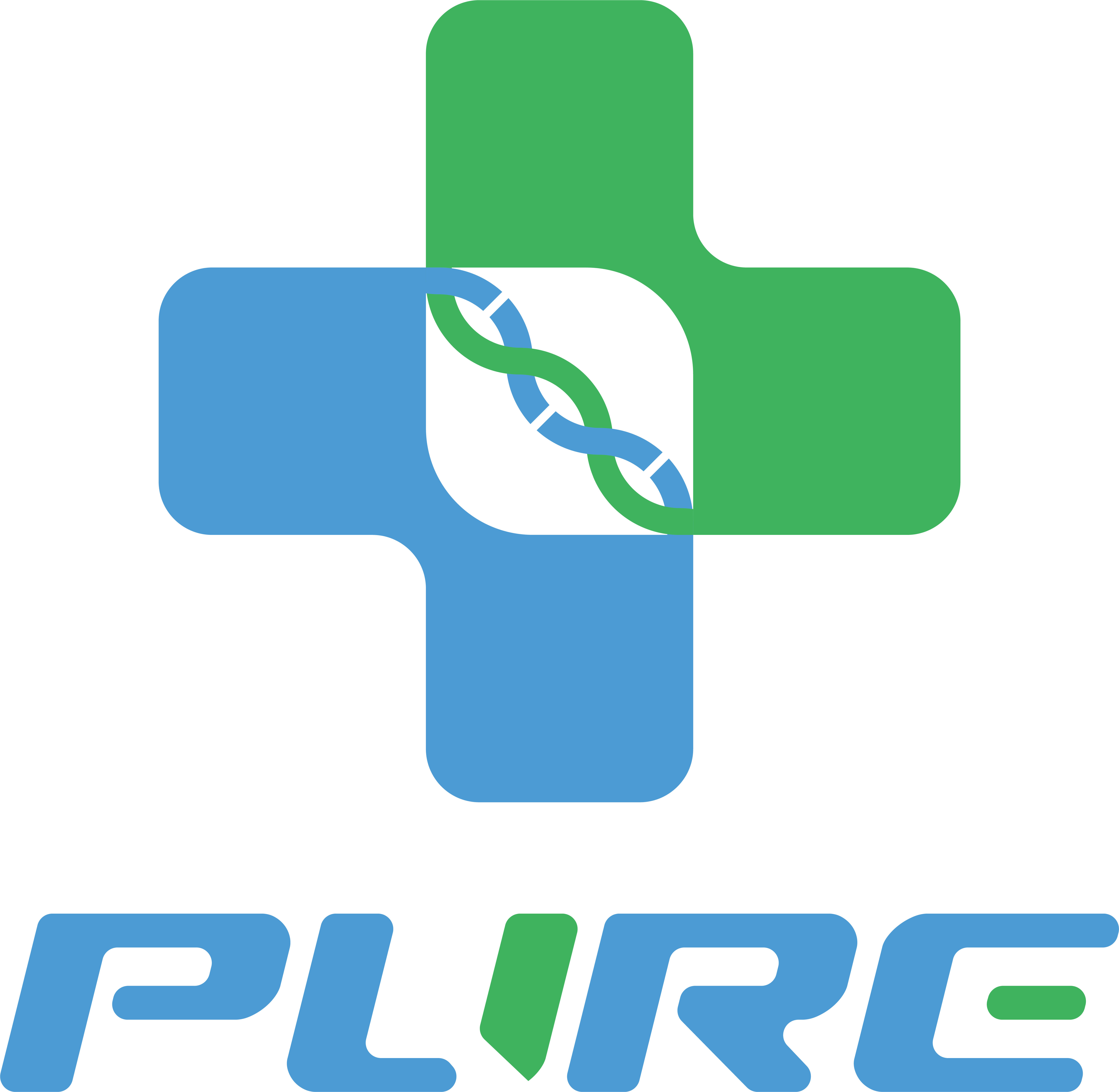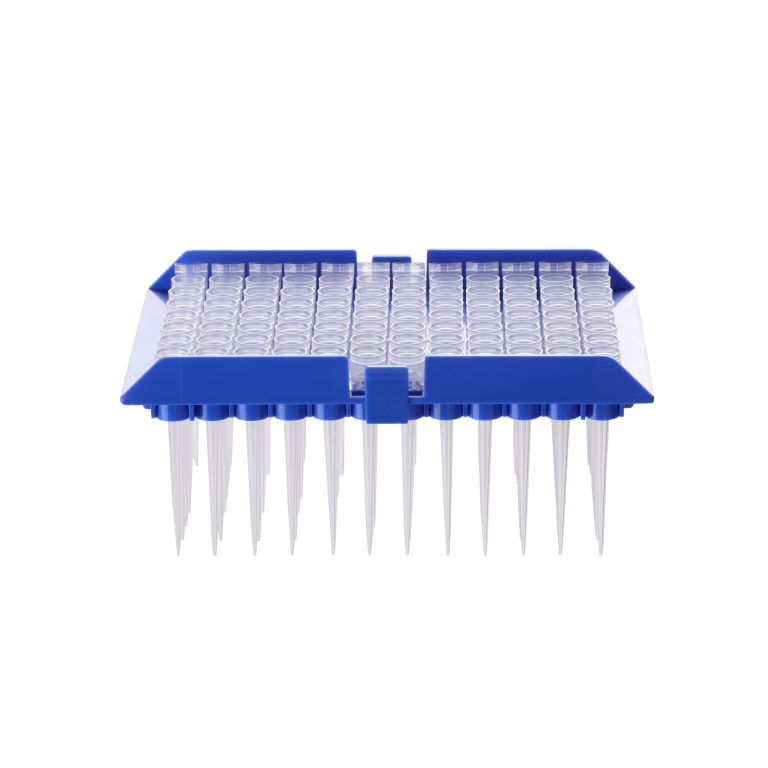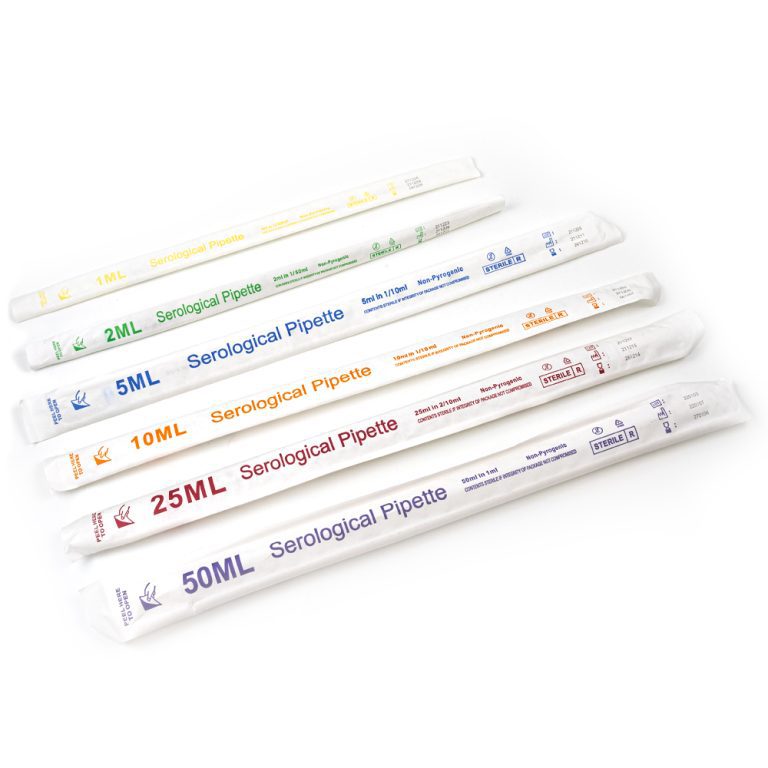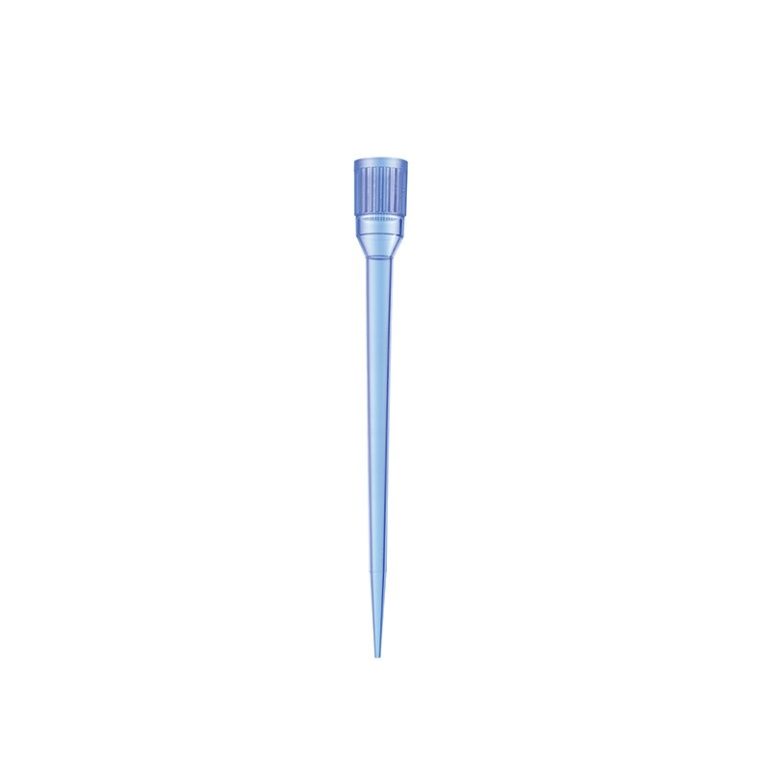Here are some common use cases and applications of cell culture plates:
– Proliferation assays – Assessing cell growth rates and viability by methods like MTT, XTT, etc.
– Cloning – Seeding cells at limiting dilutions in plates to isolate single-cell clones.
– Colony formation assays – Testing anchorage-dependent growth by allowing cells to form colonies in plates.
– Drug screening – Evaluating cytotoxicity and anticancer activity using plates to culture cells in the presence of test compounds.
– Antibody screening – Identifying antibody-producing hybridoma clones by ELISA using culture plates.
– Migration/Invasion assays – Studying cell motility using Boyden chambers, and scratch assays in plates.
– 3D cell culture – Generating spheroids or organoids using specialized plates with low-attachment coatings or scaffolds.
– Co-culture models – Co-culturing different cell types in direct contact or using transwell plates.
– Reporter gene assays – Transfected cells expressing reporters like luciferase are assayed in plates.
– High-content imaging – Fluorescence-based automated imaging of cells in plates to study signaling, morphology, etc.
– Stem cell differentiation – Inducing stem cell differentiation into lineages by cell-cell interaction in plates.
– Immunocytochemistry – Detecting cellular proteins by antibody labeling in plates.
– Soft agar assays – Assessing anchorage-independent growth of transformed cells in semisolid agar in plates.
So in summary, cell culture plates enable diverse assays and cell-based experiments in research and drug discovery. The multiwell format allows high-throughput analysis.



